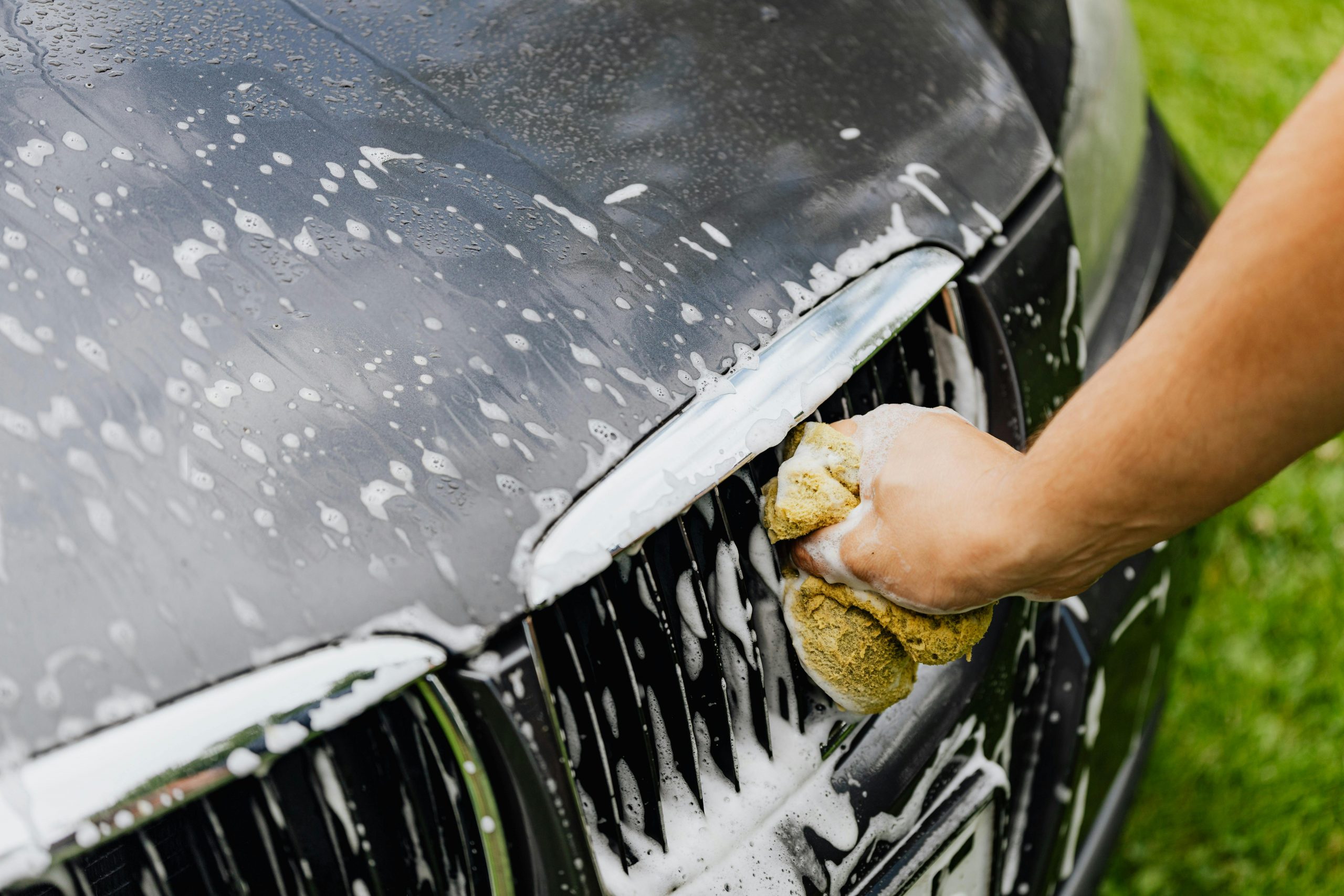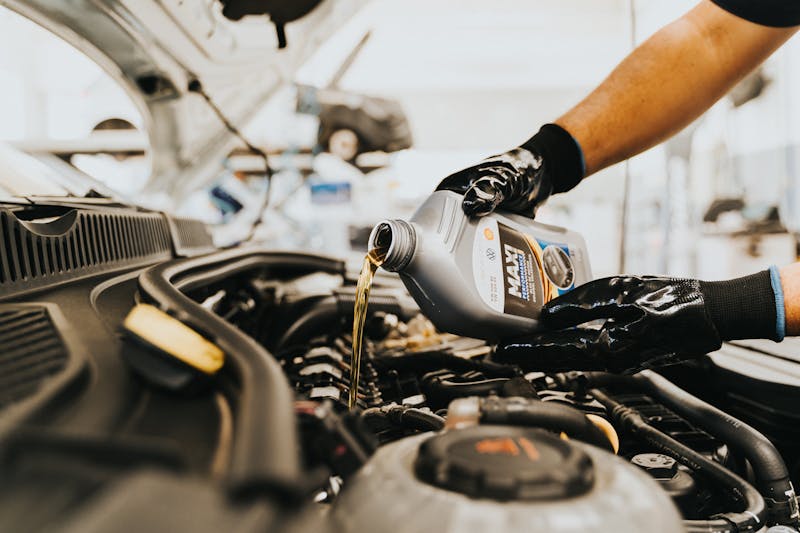
- Regular at-home maintenance can extend your car’s life and prevent major issues.
- Checking fluids, tires, and lights weekly helps catch problems early.
- Monthly tasks like battery checks and fluid top-offs keep your vehicle running smoothly.
- Seasonal care prepares your car for weather-related challenges.
- Keep a log of all maintenance to track work and assist your mechanic.
- Some jobs should still be handled by an auto mechanic for general repair.
- Investing a little time regularly saves money and avoids roadside breakdowns.
Keeping your vehicle in top shape doesn’t always require a trip to the mechanic. Many essential maintenance tasks can—and should—be done between visits. These routine checks not only extend the lifespan of your car but also improve performance, fuel economy, and safety. Even better, many tasks require little to no mechanical experience and can be completed in minutes.
This guide will walk you through everything you can do at home or in your driveway to maintain your car, broken down by frequency and type. Whether you drive an old sedan or a new SUV, staying proactive between professional services can prevent costly breakdowns and give you peace of mind.
Why Between-Visit Maintenance Matters
Waiting until something goes wrong to see your mechanic often means higher bills, more stress, and unexpected downtime. Regular care between visits ensures your vehicle operates smoothly and safely.
Benefits of Ongoing Maintenance:
- Prevents costly repairs by catching issues early
- Improves safety by ensuring tires, brakes, and lights work properly
- Boosts resale value by maintaining service history and condition
- Extends lifespan of major systems like engine, transmission, and battery
The goal isn’t to replace your mechanic—it’s to supplement their work and avoid surprises.
Weekly or Biweekly Maintenance Tasks
You don’t need tools or mechanical skills for these inspections—just a sharp eye and a few minutes each week.
1. Visual Inspection
Walk around your vehicle and check:
- For oil, coolant, or transmission fluid leaks under the car
- Tire condition—look for uneven wear, bulges, or objects stuck in treads
- Windshield wiper condition and alignment
- Dashboard for any warning lights or error codes
Catch something early? Great! That’s exactly the point.
2. Tire Pressure Check
Proper tire pressure improves gas mileage, extends tire life, and enhances safety.
- Check pressure using a tire gauge (available at auto stores)
- Compare with your car’s recommended PSI (found on driver’s door frame)
- Inflate or deflate as needed at a local gas station or with a home air compressor
Doing this regularly keeps your tires—and wallet—happy.
3. Windshield Washer Fluid Refill
A clear windshield is crucial, especially in dusty or rainy conditions.
- Pop the hood and find the washer fluid reservoir (usually marked with a windshield icon)
- Fill it with approved windshield washer solution—never plain water
- Replace the cap and test your sprayers
Monthly Maintenance Tasks
Once a month, spend a bit more time under the hood. These checks help maintain your vehicle’s core systems.
1. Check and Top Off Fluids
- Engine oil: Use the dipstick to check level and color; add oil if it’s low.
- Coolant/antifreeze: Check reservoir level and top off with the correct mix if needed.
- Brake fluid: Low fluid may signal a leak or worn brake pads.
- Transmission fluid: Should be pinkish or red and free of burnt smells.
- Power steering fluid: Keeps your steering system responsive and smooth.
Always consult your owner’s manual for the proper fluid types and check intervals.
2. Battery Inspection
Your battery’s health affects everything from starting the engine to powering lights and electronics.
- Inspect terminals for corrosion—clean with a wire brush and baking soda/water mixture.
- Make sure the battery is securely mounted.
- Test voltage with a multimeter or visit an auto parts store for a free battery check.
If you notice dim headlights or slow cranking, your battery might be near the end of its life.
Every 3–6 Months Maintenance
At this point, you’ll want to dive into maintenance that slightly extends beyond basics but is still manageable for most DIYers.
1. Engine Oil and Filter Change
If you’re comfortable, you can do this at home—or let your auto mechanic for general repair handle it.
- Check your owner’s manual for oil type and replacement schedule.
- Drain the old oil, replace the filter, and refill with fresh oil.
- Dispose of used oil properly at a recycling center or auto store.
Clean oil keeps your engine running efficiently and reduces wear.
2. Air Filter Replacement
A clogged air filter reduces fuel efficiency and engine performance.
- Open the air filter box (usually located near the front of the engine bay)
- Remove the old filter and inspect it—if it’s dirty or clogged, replace it
- Install a new filter and close the box securely
This simple task can be done in 5–10 minutes and improves both performance and gas mileage.
3. Tire Rotation
Rotating your tires helps them wear evenly and last longer.
- Front tires usually wear faster than rear ones
- Rotate tires front-to-back or in a cross pattern (depending on your vehicle)
- If you’re unsure, ask your mechanic during your next visit
You’ll also want to balance and align your tires as needed.
Seasonal and Weather-Related Care
Changes in temperature and weather can impact your vehicle’s systems. Get ahead by preparing your car for what’s coming.
Preparing for Summer
- Check the AC: Ensure it blows cold air and doesn’t make strange noises.
- Inspect hoses and belts: Hot weather can worsen cracks and wear.
- Coolant level: Make sure your radiator is topped off to prevent overheating.
Preparing for Winter
- Battery strength: Cold drains battery life—get it tested before temperatures drop.
- Tire tread depth: Use a penny to check if your tires have enough grip for snow or rain.
- Emergency kit: Keep jumper cables, flashlight, blankets, and ice scraper in your car.
- Wipers and fluid: Install winter wiper blades and use freeze-resistant washer fluid.
Interior & Cabin Maintenance
Keeping your car’s interior in good shape isn’t just about comfort—it helps preserve resale value and reduces distractions.
1. Clean Interior Regularly
- Vacuum carpets and seats
- Wipe down dashboard, vents, and door panels
- Use UV protectant on plastic and leather surfaces
- Use sunshades to prevent fading and cracking
2. Replace Cabin Air Filter
A dirty cabin air filter can cause musty odors and poor airflow from vents.
- Usually located behind the glove box or under the dash
- Check every 12,000–15,000 miles or per your owner’s manual
- A clean filter improves air quality and HVAC efficiency
Exterior Maintenance
A clean exterior doesn’t just look nice—it protects your paint, improves visibility, and reflects pride of ownership.
1. Wash and Wax
- Wash your car every 2–4 weeks, especially in winter or after rain
- Use car shampoo (not dish soap) to protect clear coat
- Wax every 3–6 months for paint protection and shine
2. Check Lights
- Inspect headlights, brake lights, and turn signals regularly
- Replace bulbs that are dim or burned out
- Use restoration kits for foggy or yellowing headlights
Good lighting isn’t just about visibility—it’s about safety for you and others.
Keep a Maintenance Log
Documenting your maintenance gives you a clear picture of your vehicle’s health. It also helps when selling the car or visiting a mechanic.
Ways to Track Maintenance:
- Use a vehicle maintenance app (like Carfax Car Care, Simply Auto, or Drivvo)
- Keep a notebook in your glove box
- Log date, mileage, type of service, and parts used
You’ll avoid duplicate work, remember warranty details, and provide helpful context for professionals.
Know When to See a Mechanic
Despite how much you can do on your own, some things are best left to the pros.
Leave These Tasks to Professionals:
- Brake pad or rotor replacement
- Suspension work
- Transmission repairs or flushes
- Timing belt replacements
- Engine diagnostics
When in doubt, visit an auto mechanic for general repair. They have the tools and expertise to handle complex issues and keep your car road-ready.
Conclusion
Maintaining your car between mechanic visits doesn’t have to be time-consuming or expensive. With a few minutes each week and a little attention to detail, you can prevent big problems and save hundreds—if not thousands—of dollars over your vehicle’s lifetime.
From checking fluids and tire pressure to cleaning the interior and tracking service history, these tasks help keep your car in peak condition. And when something goes beyond your skill level, a trusted auto mechanic for general repair is only a call away.
Routine care = peace of mind, better performance, and a longer vehicle lifespan. Start your checklist today and give your car the attention it deserves.




